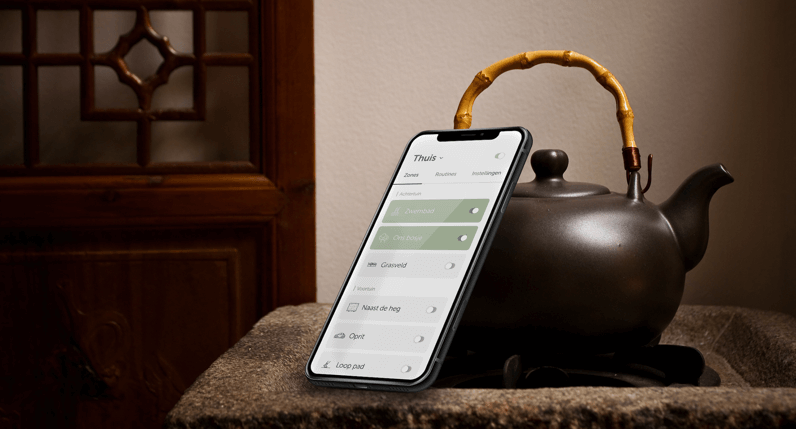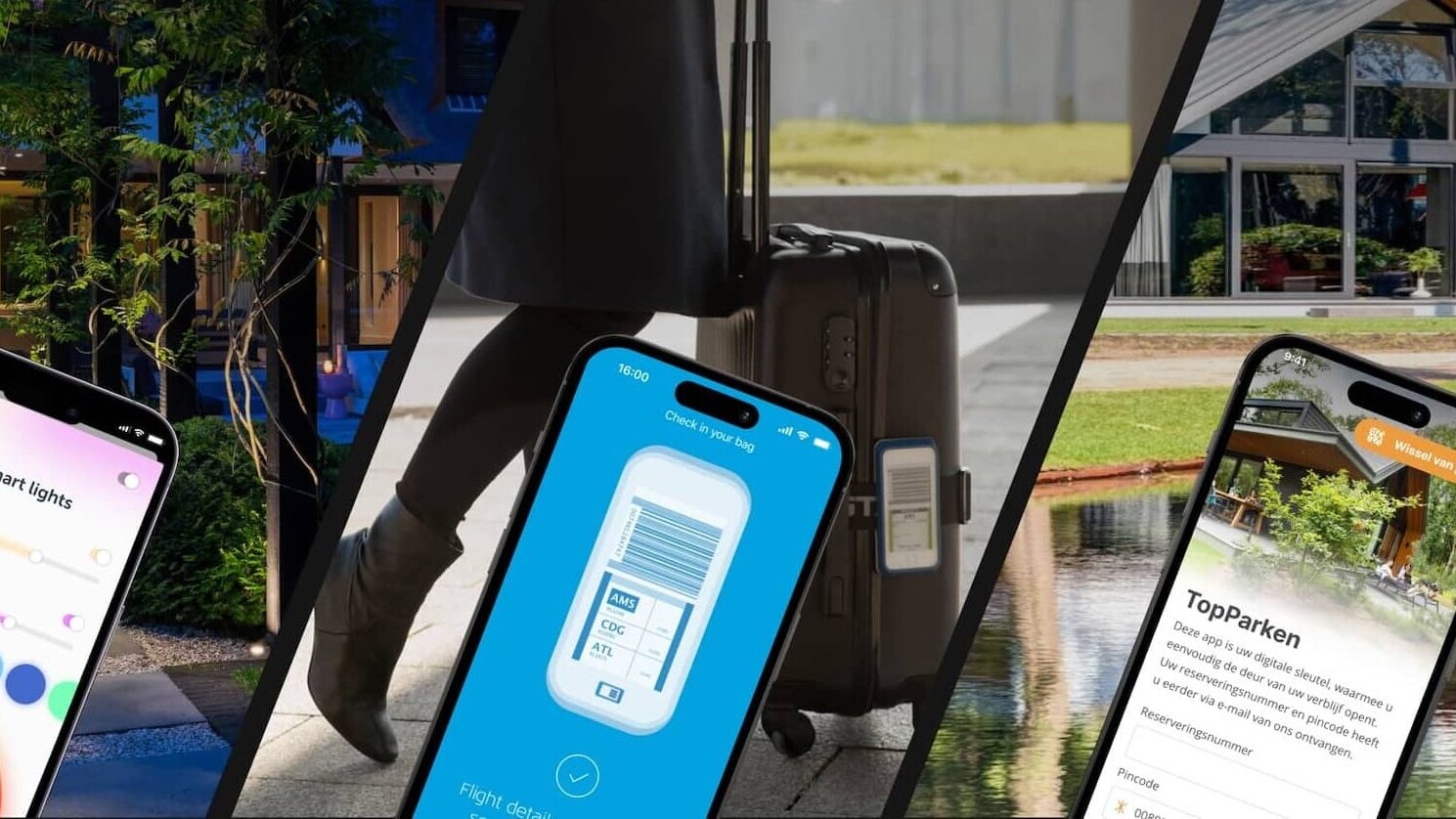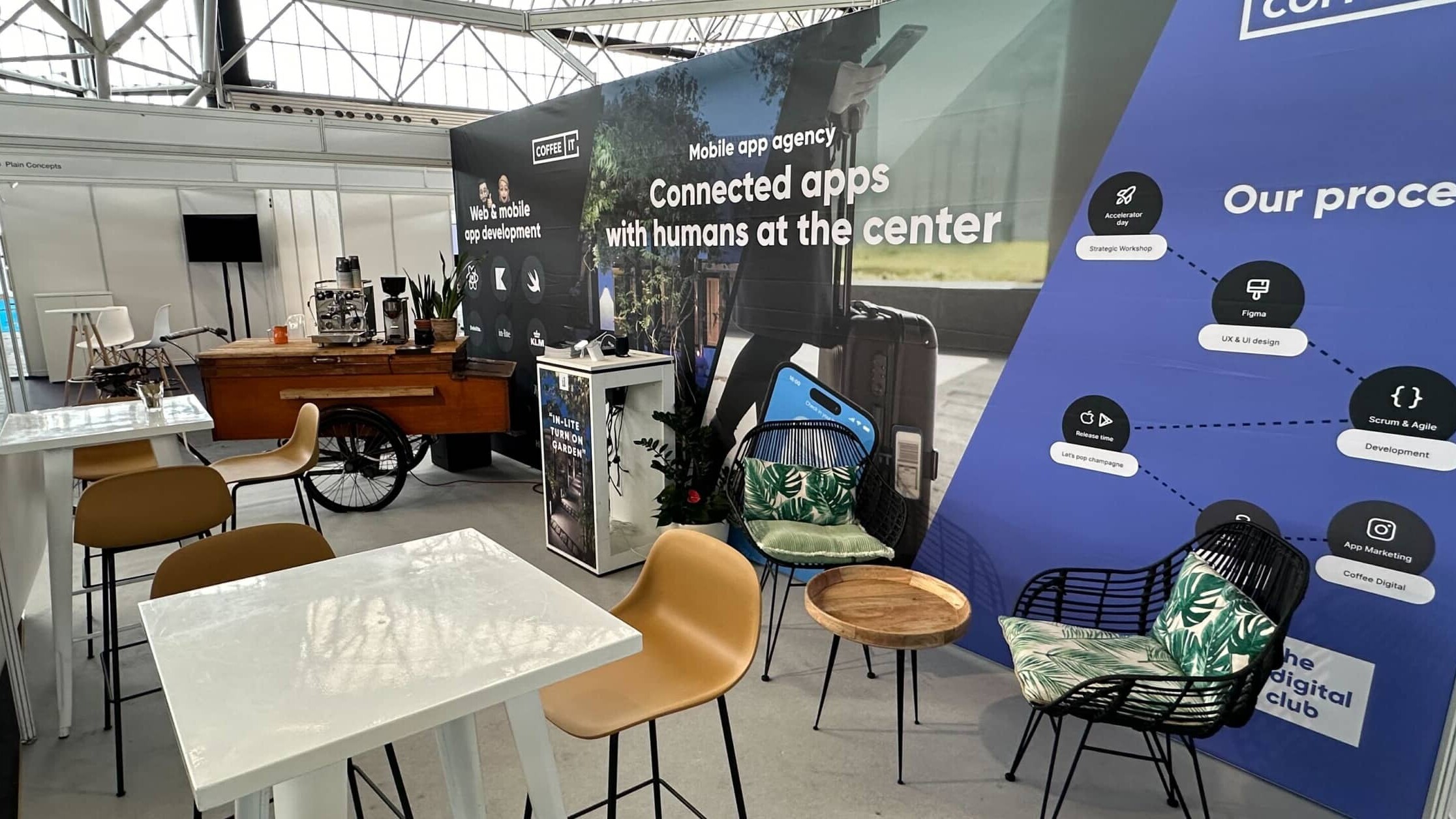Why is user testing of an app design so important? We can best explain this with an example:
Couple. We take a teapot (we write about tea instead of coffee). What design should the teapot have if the customer wants to make a purchase? And more importantly: be satisfied with the purchase and regularly serve tea with the newly purchased teapot. One user may opt for a trendy, but very heavy, teapot from Bredemeijer. The other user may prefer the traditional whistling kettle.
Well, the example should be clear. By frequently testing a design on multiple users, you collect feedback. You use this feedback to further optimize your product. This way you quickly know whether the users really use the object in the way it is intended, and whether it gives you the desired result.
Because we are app developers in heart and soul, we focus in this article on user testing of apps. The principle is the same with an app design, by doing user tests you can test whether the users use the app as intended. You can tell from the users whether your design is working properly. In this article we explain everything about app user testing and give practical tips to achieve more success.

Create impact with user testing
Of course you want your app to be successful among users. You would prefer that everyone uses the app, but is this the case in reality? To know this, you can perform user tests based on the design of the app. It is wise to start with user testing during the development process. This way, any adjustments can be taken into account immediately.
The positive effects of user testing
It is scientifically proven that changed enormously positively through user behavior by regularly conducting user tests and continuing to improve the app. After a few changes to the app, you'll see users navigate through the app faster and pull them into the channels they want. The app is becoming more and more user-friendly for users. As a result, users are satisfied faster and they are able to perform more difficult tasks of an app, such as creating an account, posting something or spending more within the app.
What does this mean for the app owner?
User testing increases the number of active users and paying users. With the end result that 85% of the users who have tested the app design want to use the app more often. 75% of these users are willing to spend money on the app. In short: a better ROI and more turnover.
What goals are there with user testing?
It is important to establish the purpose of testing the app design. The goals differ per app. By performing several tests you test whether this goal is being achieved. If this is not yet the case, the app must be adjusted until the goal is achieved. A number of purposes for which user testing is ideally suited when we talk about B2B apps:
- More active daily users
- More insight into the user and the paths they take within the app
- More in-app actions, such as purchasing or creating an account
This results in more awareness, conversion, efficiency or profit a company can make.
Achieving downloads through smart app marketing
app-live? Its success requires more than average marketing. Coffee Digital consists of app marketing experts with over 10k hours of App Store Optimization experience. We make sure that your app stands out from the crowd.
- App Marketing - Increase visibility and users.
- Online Marketing - Reach and engage potential users.
- App Store Advertising - Your app, right time & place.
- App Store Optimization - Increase organic findability.
Tips to increase app success with user testing
How can you achieve these goals through app user testing? We give four tips:
Tip 1: test on multiple target groups
By testing the app on multiple target groups, you will find out what is important for each type of user. It may well be that one target group turns out to be more valuable to your app than the other. Earlier we wrote about the 18% valuable app users. App testing helps you find these users and achieve your desired goal.
Tip 2: use persuasive techniques
This allows you to influence the behavior of the user based on persuasion techniques. This way you can motivate users to use the app and keep using it. There are a number of steps required to change user behavior. A good tool for this is Fogg's model (motivation, ability and triggers).
- Motivation: users must be sufficiently motivated.
- Ability: Users must be able to perform the behavior.
- Triggered: Users must actually perform the behavior.
Ability has to do with the preconditions. For example, do you want to generate more in-app purchases? Then there must be a logical payment system. You can realize motivation and trigger by applying the aforementioned persuasive designs. Some concrete examples:
- Reciprocity (aka: reciprocity). Make the user feel like you are listening, keep asking questions or surprise the user with a joke or something nice.
- urgency. Perhaps best applied by apps from Bol.com and apps like Hostelword. "Only 1 room left!"..
- The carrot & the stick. Use all images and designs effectively. Example: Use images of products that people put in the shopping cart instead of names.
- Right-placement. Very important! A picture or button left or right can make a world of difference.
- Social proof. The apps from Social Deal or Holiday Auctions are an excellent example of this: "100 people preceded you!".
There are many other persuasive techniques. Want to know more about this? Then read this article on frankwatching.
Tip 3: determine the revenue model of the app
If your goal is to earn more money with the app, it is important to add a revenue model or business model to the app. There are different types of business models, depending on the type of app you can apply a business model. Some common examples are: subscription, premium or in-app purchases. Not all business models fit every app. By user testing you find out what the best option is for your app and whether the users want to spend money. On this page we cover all the different ones revenue models for an app.
Tip 4: create added value
Something that we as app developers fully support: the app and the design must offer added value for the user. It seems like an open door. But there are thousands of apps in the app stores every day that are never used. There is a reason for this: the app is insufficiently unique and offers no added value for the user. User testing helps you determine where the added value lies. Listen carefully to the users what they think of the app and what they would like to see changed. By responding to the wishes of the users, the value of the app will improve.
Finally: keep testing and optimizing the user (even after app release!)
Without testing an app user, the chance is small that it will be a great success. Do you want to be sure that your app fits the target group and achieves your goals? Then make sure you keep testing until you reach the desired result. And it doesn't stop there: even after launching and using the app for a long time, there are always functions that can be improved and designs that can be used more effectively. Always keep testing and optimizing and your app success is within reach.
Need help with app user testing?
Performing smart user tests is an art in itself and can be difficult. As a mobile app specialist, we have extensive experience with frequent testing of both the design and the functions of an app. Curious about the apps that we at Coffee IT have optimized with user testing? Some examples are: In-lite, LiveAdvice en Lemon Soda.
Do you want to know more about user testing or do you want to test and optimize your app? Then take it without obligation contact us.

Contact us
Ready to create something awesome together? Give us a call. We are looking forward to it!
CONTACT
Do you have a question? Contact us without obligation and I will be happy to help you.










